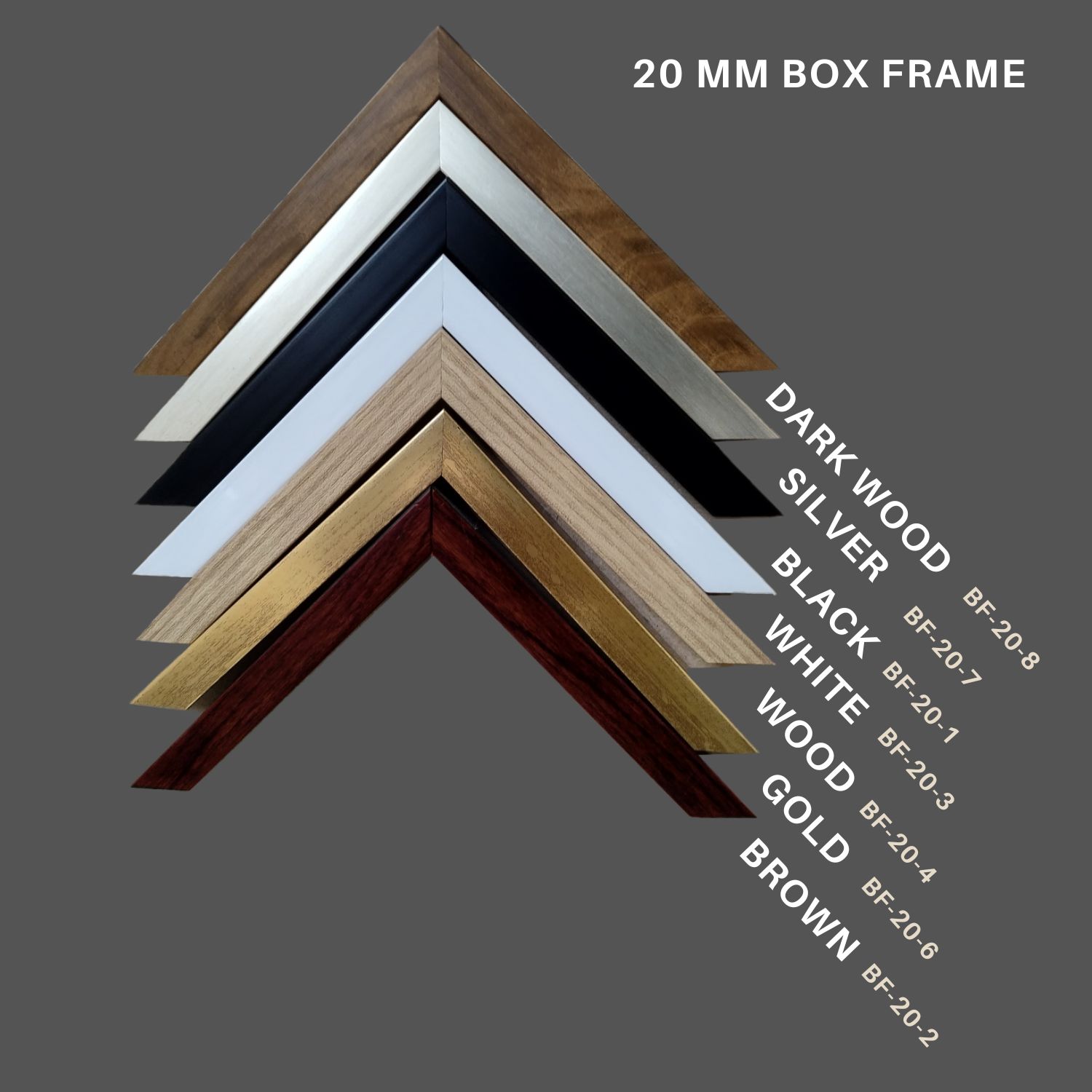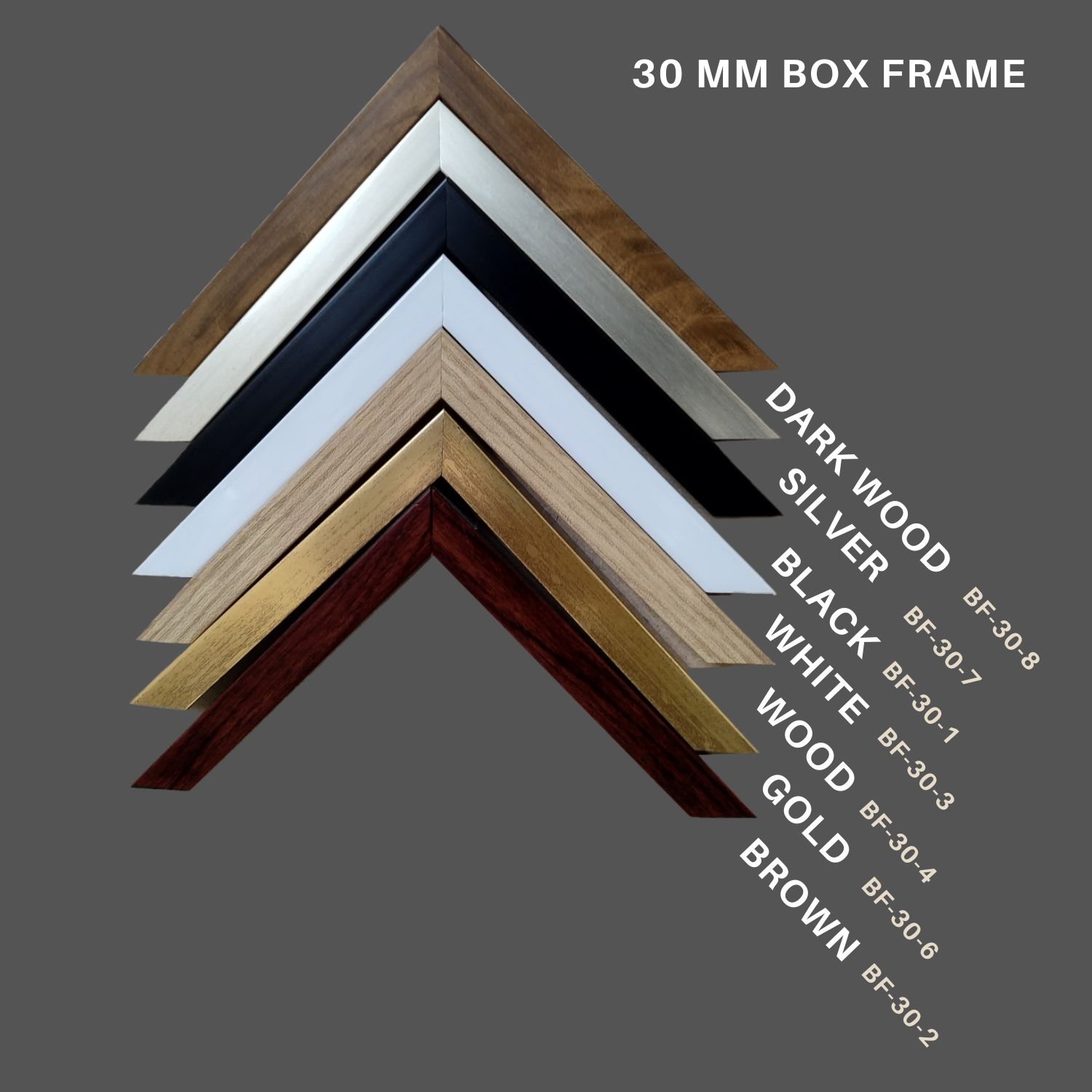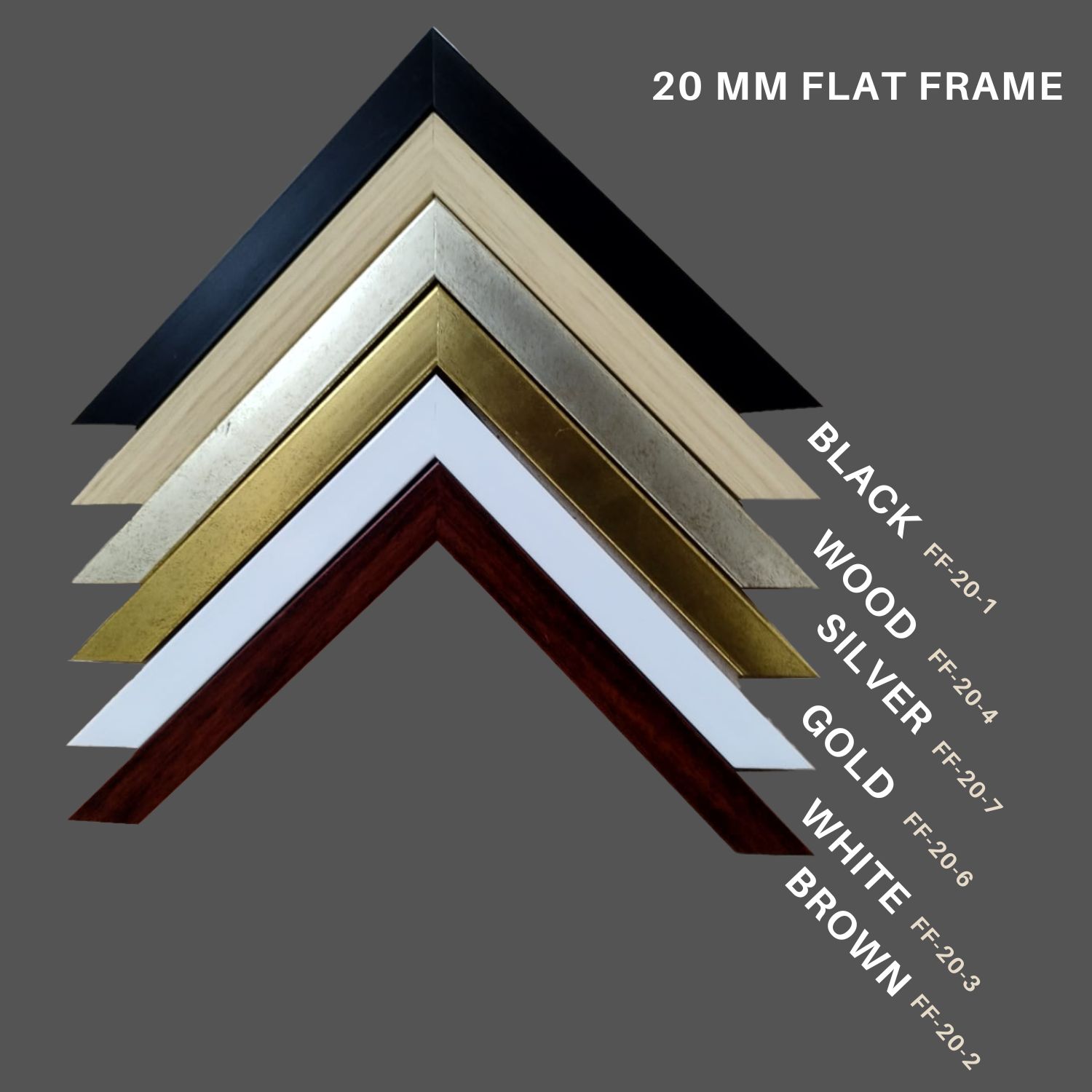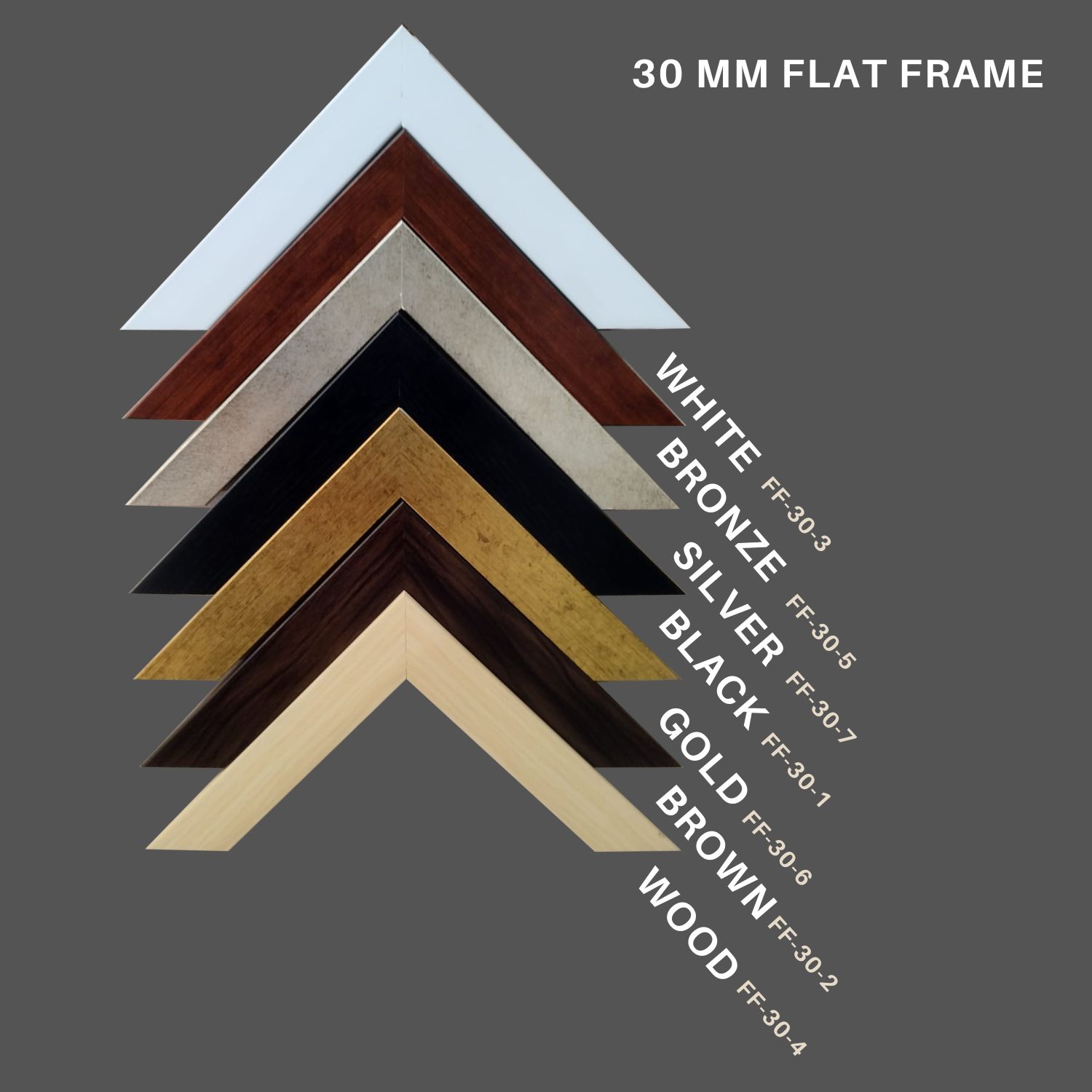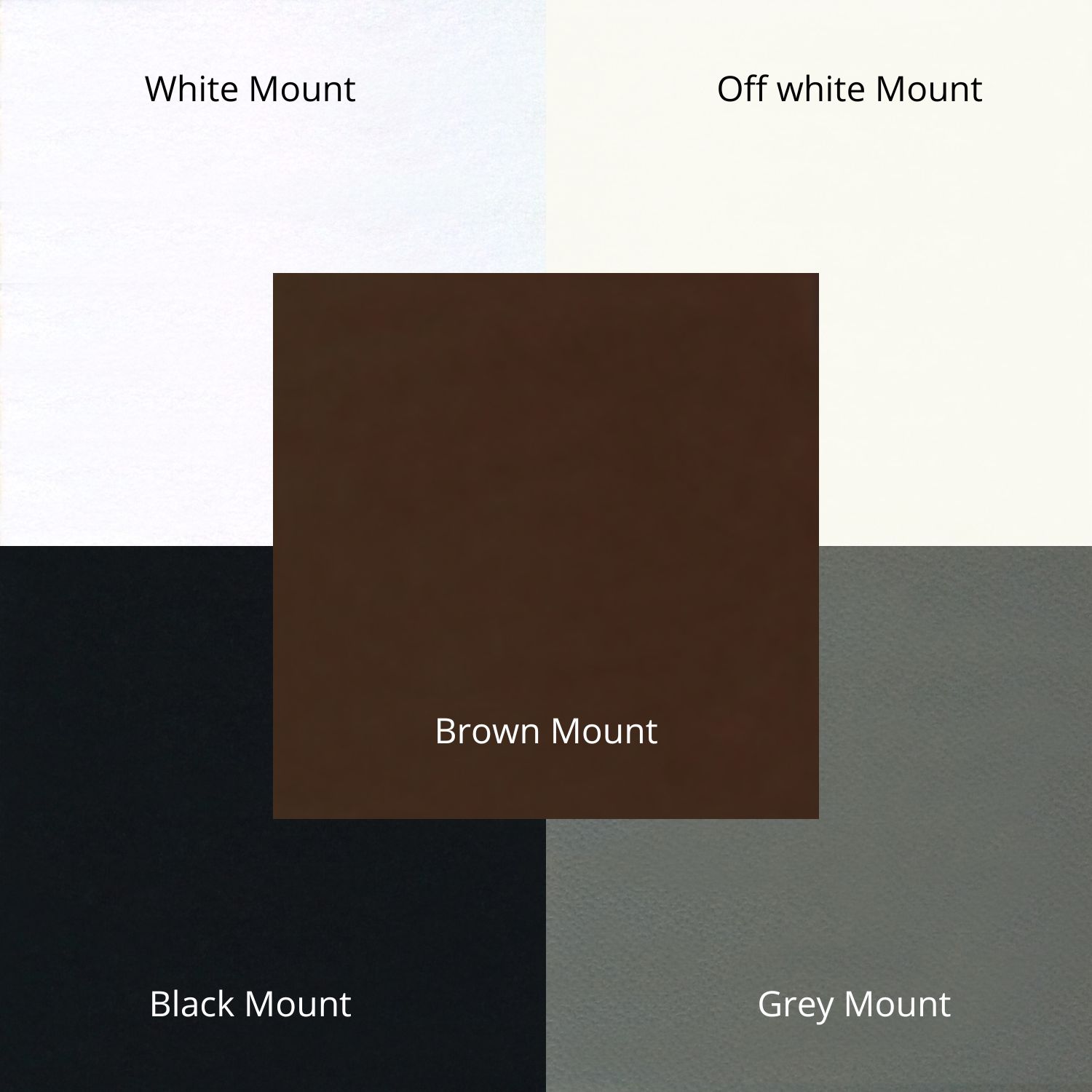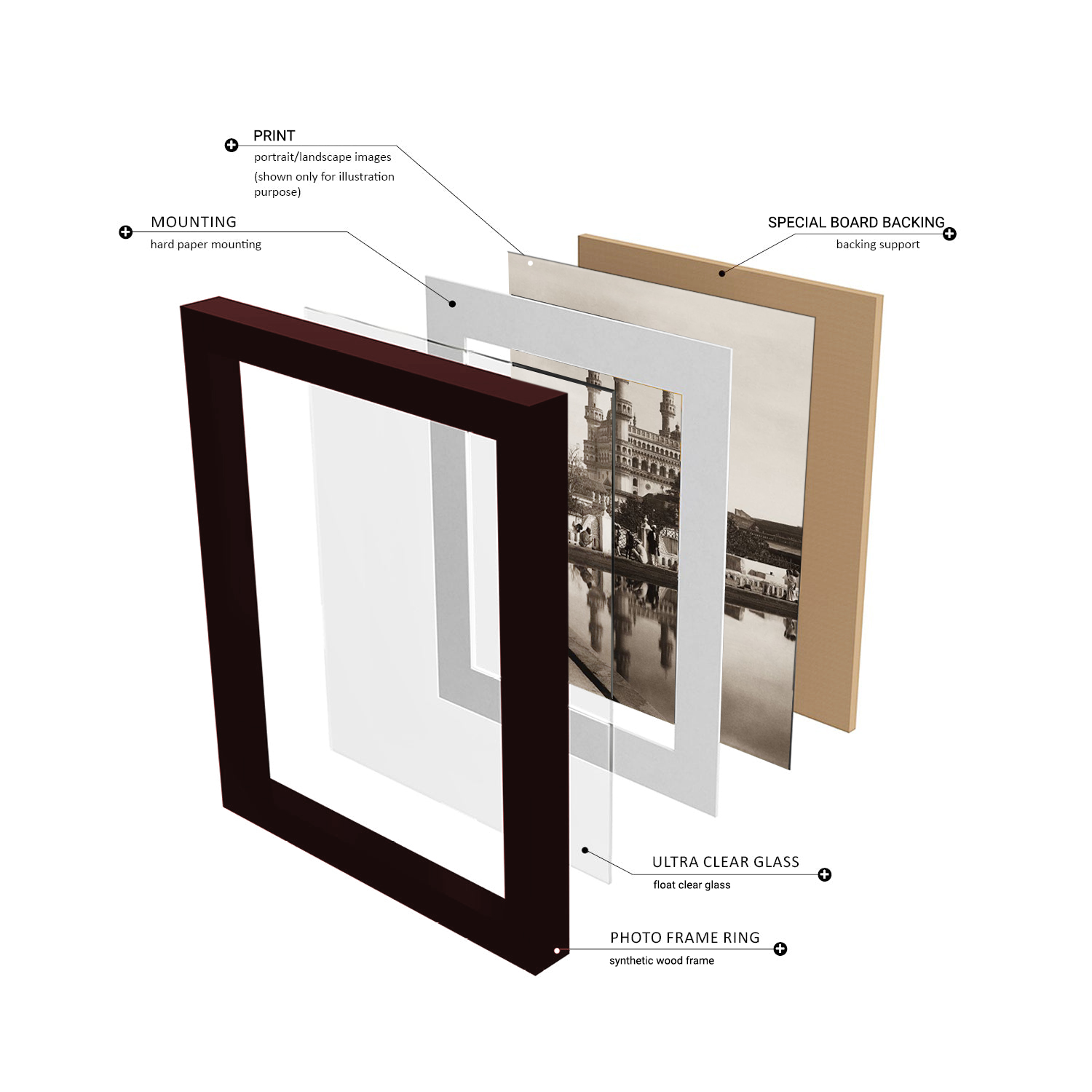| GST |
12% |
| VolumetricWeight: |
500 |
Artist Name
K. G. Subramanyan
Width
762 mm - 30 inches
Width Range
610 mm - 24 inches to 1220 mm - 48 inches
Height
914 mm - 36 inches
Height Range
610 mm - 24 inches to 1220 mm - 48 inches
Medium
Serigraph on paper
Edition
Edition Size 60
About the Artist
Kalpathi Ganpathi "K.G." Subramanyan (1924 ? 29 June 2016) was an Indian artist. He was awarded the Padma Vibhushan in 2012.
Subramanyan was born in 1924 in Kuthuparamba in Kerala, India, and initially studied economics at Presidency College, Madras. During the freedom struggle he was actively involved and was known for his Gandhian ideology. He was even imprisoned and later banned from joining government colleges during the British Rule. The turning point of his life, as an artist, came when he visited Santiniketan to study in Kala Bhavan, the art faculty of Visva Bharati University, in the year 1944. Under the tutelage of such pioneers of modern Indian art as Nandalal Bose, Benode Behari Mukherjee and Ramkinkar Baij, Subramanyan studied there till 1948.
In 1951 he became a lecturer at the Faculty of Fine Arts in M.S. University in Baroda. He went to study briefly in London at the Slade School of Art as a British Council scholar in 1956. While having already gone back to Baroda as a professor in painting and continuing there, he did a short stint in New York as a Rockefeller Fellow in 1966. In 1980, Subramanyan went back to Santiniketan to teach in his alma mater Kala Bhavan, Visva Bharati University, in his capacity as a professor in painting, which he continued till he retired in 1989. In the same year, he was made a Professor Emeritus of Visva Bharati.
Subramanyan resided in Baroda, with his daughter Uma, towards the later days of his life and it was here that he died on 29 June 2016.
Specifications
Printed in 58 colours
About the Art form
A Serigraph is a rendition of an original artwork created by the silk-screen printing process. In the past, the silk-screen printing process used a stencil to create the print of an image or a design. Stencils were used for centuries in the Orient to make fine art prints as well as craft items, fabrics, robes, scriptures and various decorative goods. In Europe, the stencilling technique was adopted by craftsmen for mostly utilitarian purposes. Stencils were also used to add colour to playing cards and religious pictures printed with wood blocks. By 17th century, the technique was being used to print ornate wallpapers. And by late 18th century, stencil printing had made its way to the New World but it was not until the early 20th century that screen printing was started to be used as an artistic medium. The creation of a serigraph is a very labour-intensive hands-on artistic procedure that requires many weeks to be completed. Before the printing process is started, the artist who created the original image is consulted. Sometimes the artists like to make changes when printing the edition - treating the print as an original rather than a reproduction of an already existing image. At times, even a few changes in the image or the emphasizing of certain colours or design elements can create a dynamic new image.
Year
2009
